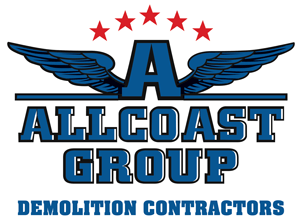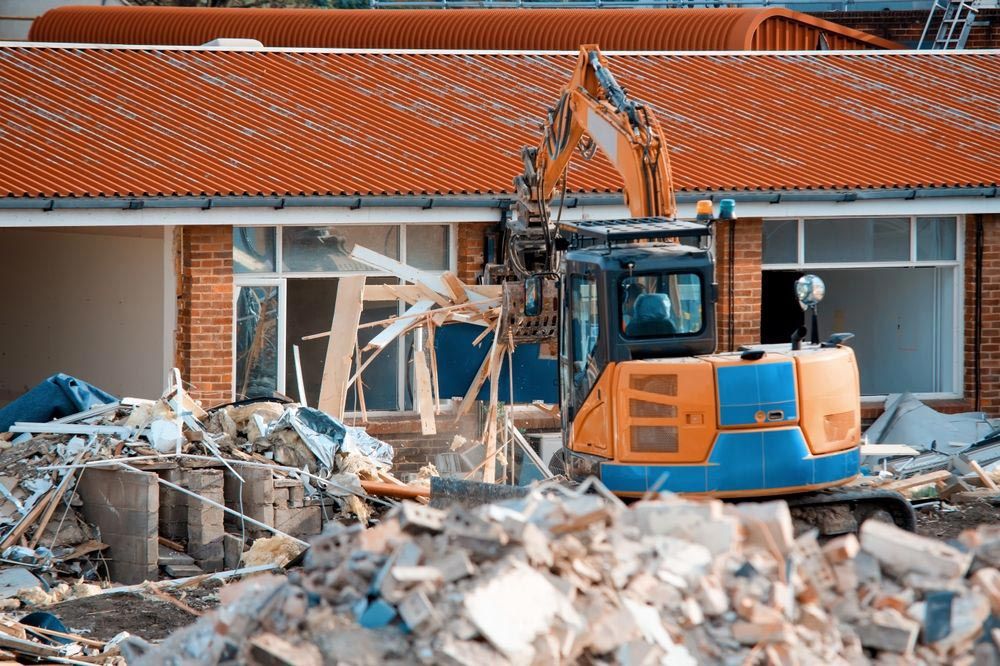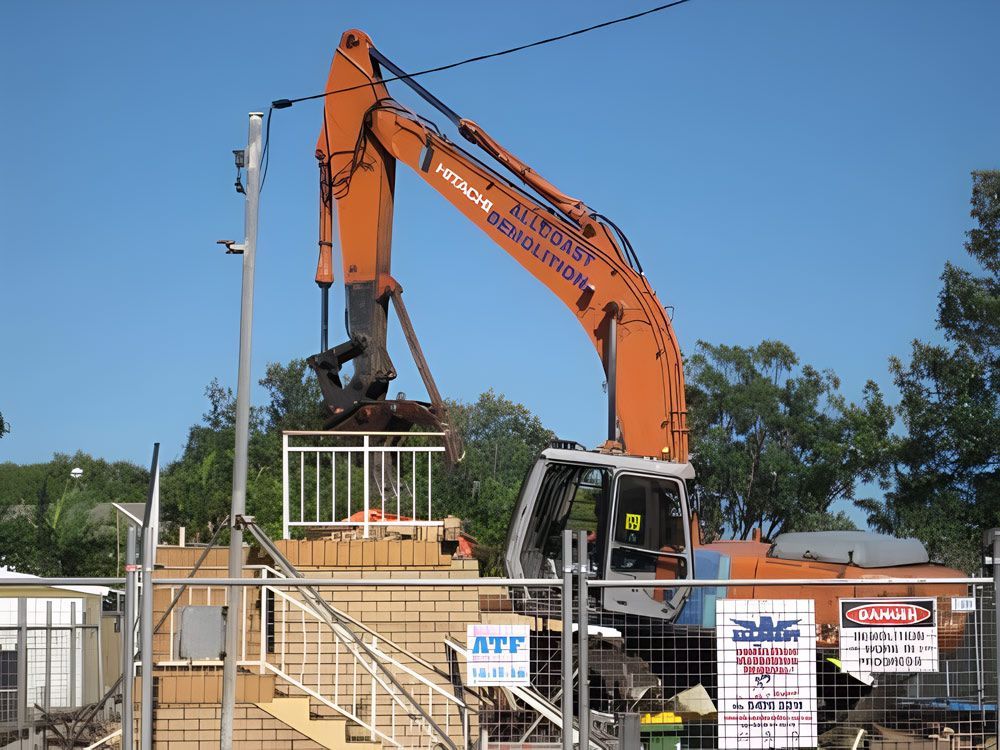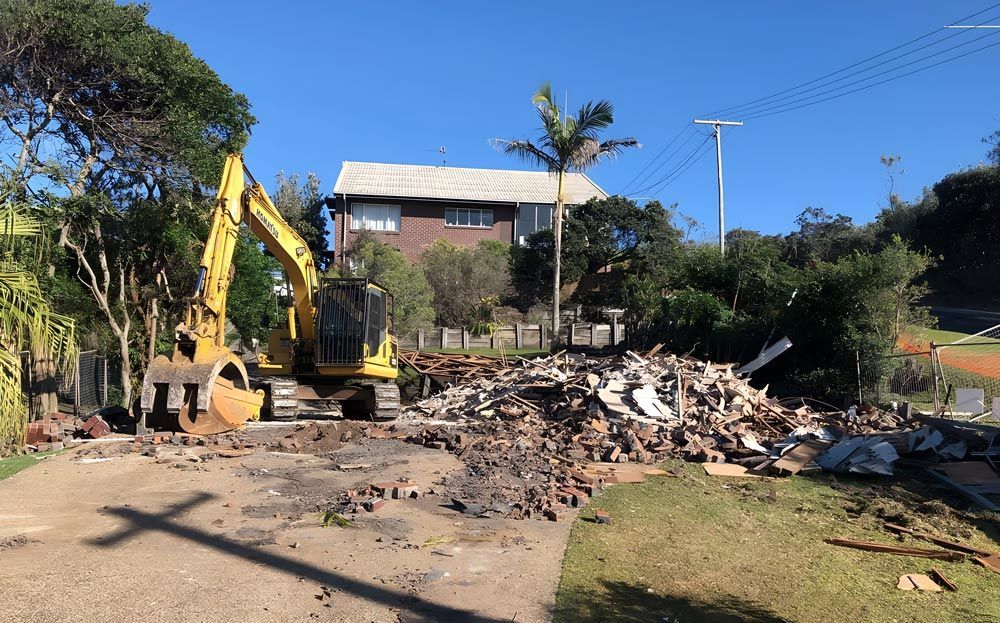The Most Common Reasons to Demolish a Building
Demolishing a building isn’t just about tearing something down—it’s often a practical step toward improving safety, enabling progress, and supporting future development. In many cases, older or damaged structures no longer meet the needs of modern use, whether due to serious structural issues or a redevelopment plan. Building demolition allows property owners and developers to clear the way for safer, more functional, and more sustainable spaces.
In this blog, we’ll examine some of the most common reasons buildings are demolished and how working with experienced professionals can help ensure the process is smooth, safe, and effective.
When Structural Instability Puts Safety at Risk
One of the most pressing reasons to demolish a building is compromised structural integrity. When a building is no longer safe for occupancy due to foundational issues, water damage, or long-term neglect, demolition may be the only responsible path forward.
Structural instability can arise from various factors, including age-related deterioration, subsidence, or hidden damage caused by water ingress. While repairs may be an option in some cases, extensive structural failure often makes restoration economically or logistically unviable.
Common signs indicating structural instability:
- Deep, spreading cracks in foundations or walls
- Uneven flooring or sinking sections of the structure
- Rotted support beams or rusted steel components
- Repeated water infiltration leading to internal collapse
Redevelopment Opportunities for Higher Land Value
As property values continue to rise, land becomes more valuable than the ageing structures built on it. Developers and business owners increasingly turn to demolition to unlock a site’s full potential—whether for multi-residential developments, mixed-use commercial spaces, or contemporary industrial facilities.
Removing outdated buildings clears the way for high-yield projects and allows for new construction that aligns with modern needs, design standards, and lifestyle expectations.
Key redevelopment drivers include:
- Zoning changes allowing for greater land use or height allowances
- The ability to increase rental yield or resale value through new construction
- Better alignment with modern planning and urban design goals
Non-compliance with Modern Building Codes
Building codes evolve to reflect changes in safety regulations, energy efficiency standards, and accessibility requirements. Unfortunately, older buildings often fail to meet today’s legal or practical benchmarks, making their use problematic or even prohibited.
In many instances, retrofitting an outdated building for compliance is not financially feasible, especially when major rewiring, replumbing, or structural modifications are required.
Typical code compliance issues include:
- Inadequate fire safety systems or emergency egress
- Poor accessibility for mobility-impaired individuals
- Substandard ventilation or insulation
- Non-compliant structural load-bearing elements
Inefficient or Outdated Building Design
Functionality matters, especially in commercial or residential buildings. Outdated layouts with confined rooms, limited natural light, or obsolete systems can make buildings unattractive to tenants or buyers. Modern users expect spaces that are open, versatile, and energy-efficient.
Rather than trying to modify a poorly designed structure, many property owners choose demolition to start fresh with a layout that suits contemporary living or work requirements.
Features that may trigger demolition due to design issues:
- Inflexible internal layouts that hinder open-plan configurations
- Poor environmental performance or energy ratings
- Lack of natural light or airflow
- Inconvenient access, orientation or entry points
Fire or Weather Damage Beyond Repair
Severe weather events and fire can lead to extensive damage, particularly in older or poorly maintained structures. While a building may look stable from the outside, the reality is often quite different. Hidden issues such as warped steel supports, internal corrosion, or smoke damage can compromise its overall integrity and safety.
In many of these cases, repair may not be a viable option. Instead, the demolition of buildings becomes a practical and necessary solution—removing the damaged structure to make way for a safer, more resilient replacement.
Indicators that fire or storm damage justify demolition:
- Collapse of critical structural components
- Severe charring, warping, or melting of building materials
- Penetrating water damage weakening the substructure
- Risk of secondary hazards like falling debris or exposed wiring
Vacant & Abandoned Buildings as Community Hazards
Vacant buildings don’t just sit idle—they often become magnets for vandalism, squatters, and illegal dumping. Over time, this can pose significant public health and safety concerns and attract the attention of local councils or enforcement bodies.
Demolition can remove the risk for private owners and public agencies and create opportunities for repurposing the space.
Hazards linked to long-term vacancy:
- Broken windows, unsecured entries, and dangerous structures
- Accumulation of rubbish, pests, and environmental damage
- Increased likelihood of arson or criminal activity
- Decline in surrounding property values and neighbourhood appeal
Preparing Sites for Infrastructure Upgrades
Severe weather events and fire can cause significant damage to buildings, especially those that are older or poorly maintained. While a structure may appear intact from the outside, underlying damage can compromise its safety and stability.
Assessing the true condition of a building after such events is essential. Often, what seems like surface-level damage can hide more serious issues—like warped supports, smoke infiltration, or internal corrosion—that may not be immediately visible but make the structure unsafe or impractical to repair.
Common infrastructure-related demolition uses:
- Road widening or new transport corridors
- Installation of underground services such as sewer lines or electrical conduits
- Making way for council or public development initiatives
- Upgrading vehicle access or emergency exits
Eco-Friendly Redevelopment Through Sustainable Demolition
Gone are the days when demolition meant sending everything to landfills. Today, many projects focus on sustainable demolition practices—recovering, recycling, and repurposing materials to reduce environmental impact.
Partnering with a demolition provider that understands sustainable practices means your project meets waste management targets and contributes to broader environmental goals.
Sustainable demolition methods include:
- Salvaging and reusing bricks, timber, and steel where possible
- Crushing concrete for use as aggregate in new construction
- Separating recyclable materials like glass, plastics and metals
- Reducing dust, noise, and airborne particles through best-practice site management
Clear the Way with Confidence
At Allcoast Group Demolition Contractors, we provide Sunshine Coast Demolition services tailored to your goals—whether you’re redeveloping, managing property risk, or preparing land for future use. With a strong focus on safety, sustainability and precision, we help clients confidently clear the way for new possibilities. Get in touch via our contact page to discuss your project or book a site inspection.










